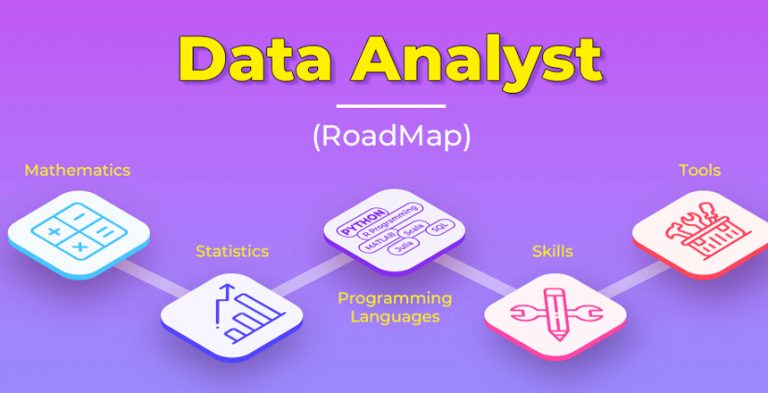Excel remains a very vital tool in data, finance, business, and administration. By 2025, Excel has also become an automation, analysis, and smart data management tool, in addition to being a spreadsheet-type tool. Although the advanced functions remain to be unexploited by many users, they can be useful in terms of a comparatively complex calculation. To be more productive and efficient, you should consider these 10 powerful formulas that you need to start using in Excel today.
1. VLOOKUP Game
VLOOKUP is one of the most important updates of recent versions of Excel. It does not only substitute the VLOOKUPs, but also the HLOOKUPs because it can search to the left as well as the right without having to restructure your data. Take the case when you need to find the name of the product in one column and the price of the same in another column, then XLOOKUP will be able to provide its value in a moment. It is as fast as more primitive, easier to use, and more adaptable to contemporary data management.
2. Matching Data Instantly Extracted
The FILTER function will extract only the data that fits the particular criteria. Instead of picking filter menus, you can dynamically extract rows on the basis of criteria. Say, you wish to see the sales of Delhi only, then the FILTER formula will quickly respond to your request. It is particularly convenient when one has to deal with huge volumes of data.
3. UNIQUE – Automatically get rid of data duplicates
Cleaning data is a task that is frequently performed and UNIQUE makes the task easier by cleansing out the duplicates in a single formula. One way to eliminate duplicate entries is to delete them manually and that becomes a tedious process when there are many entries involved. UNIQUE makes it a lot easier since a clean list is generated and it is automatically updated in case there are changes in the original source of data. It suits well when you have to list customers, cities or product categories.
4. QUICK CREATION OF SERIES OF NUMBERS
When you need to generate a list of numbers, serials or time slots it takes only a second to make it using the SEQUENCE function. Do nothing but use up valuable time by having to count to 100, or by copying Dates down, or whatever it is that you are trying to list, SEQUENCE will do it fast and accurately. It is an outstanding helper to automate the repeated entries in reports and templates.
5. TEXT SPLIT – Txt File spalten trennen
When the data is messy or contains imports then it may be necessary to split a column into many. Using TEXTSPLIT, you are able to break up a piece of text into several values by means of a comma, a space, or even a delimiter. example: if you have names, emails, and phone numbers in one column, with TEXTSPLIT it will split it, so that it is divided in pages.
6. LET – Easy Formulas
The use of LET facilitates the definition of variables in a formula making the work clean and reader friendly. Rather than calculate the same thing many times, you only give it a value once and then reuse. It works very well on long or complex formulas and makes your spreadsheets perform faster.
7. FERROR – Make Friendly Error Messages
The kind of mistakes such as errors like #DIV/0! or #N/A can make your sheet unprofessional looking Thanks to IFERROR, you can determine what is shown when a formula is not working. As an example, rather than the error presentation, it can display a message such as, Data not available. It is important in reports, dashboards, and files that are needed by the clients.
8. INDEX + MATCH- The Legacy of the Mighty Duo
The combination of INDEX and MATCH was the previous major toolbox of flexible lookups. It is not like VLOOKUP and can look values to the left and will not break when new columns are added or deleted. It remains effective among the users, who either use older releases of Excel or desire to have a greater degree of control over the process of looking up.
9. CHOOSECOLS and CHOOSEROWS – Selection of Particular Data
New functions are introduced such as CHOOSECOLS and CHOOSEROWS where the drawing of a particular column or row out of a table could be easily performed. Rather than adding helper columns, or concealing rows, you can use these functions to filter down to what you need to summarise quickly and make your view clean. It is an excellent report and presentation feature.
10. Dynamic Array Formulas – Smarter and More Simple
Excel currently has the capability to utilize dynamic array formulas, in which results may spill both horizontally and vertically between cells automatically. As an example, entering =A2:A10*B2:B10 will provide you with several results without your having to press Ctrl+ Shift + Enter. This makes your work less time taking and clears the uncertainty of the array formula particularly to those new to the field.
Why you should study these excel formulas in 2025
Such formulas are not only saving time; they are the future of Excel productivity. You can hardly overestimate the value of mastering these functions, as it can make your work quality improve dramatically, spanning across data accuracy improvement to automation of repetitive tasks. Irrespective of your field (as long as it involves business, finance, HR, marketing, or analytics), these formulae make sense.
Our Advanced Excel Course at IFDA would guide you to acquire these powerful tools using illustrative practical examples and projects. Not only will you acquire technical knowledge but you will also be provided with the idea on how to use it in your work providing you with a vantage point in any profession.
Final Thoughts
Excel is more intelligent, quicker, and more agile in 2025. When you still depend on the simplest capabilities, it is high time that your skills be upgraded. Begin to apply these advanced formulas and make your spreadsheets amazing and shine in your career. And if you want to seek information, then the Excel course in Delhi offered by IFDA can make you an expert in excel- step by step.








